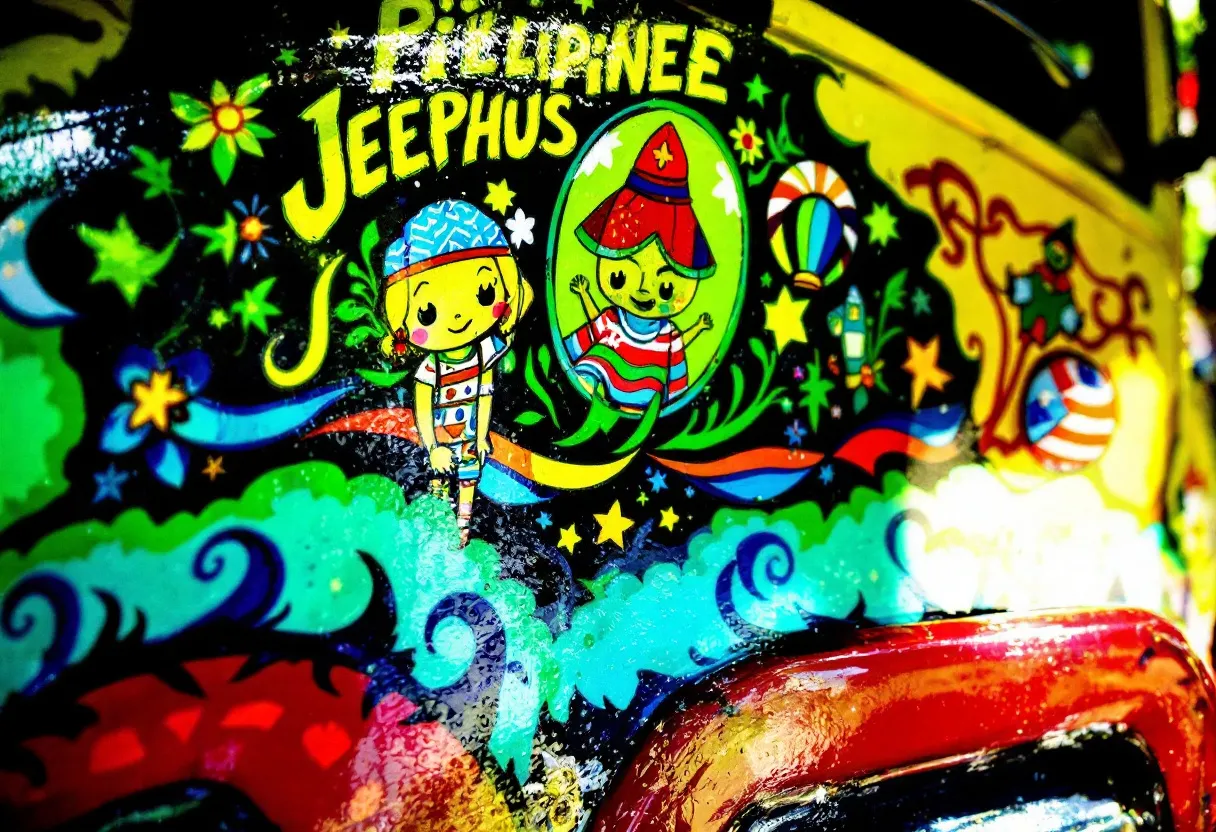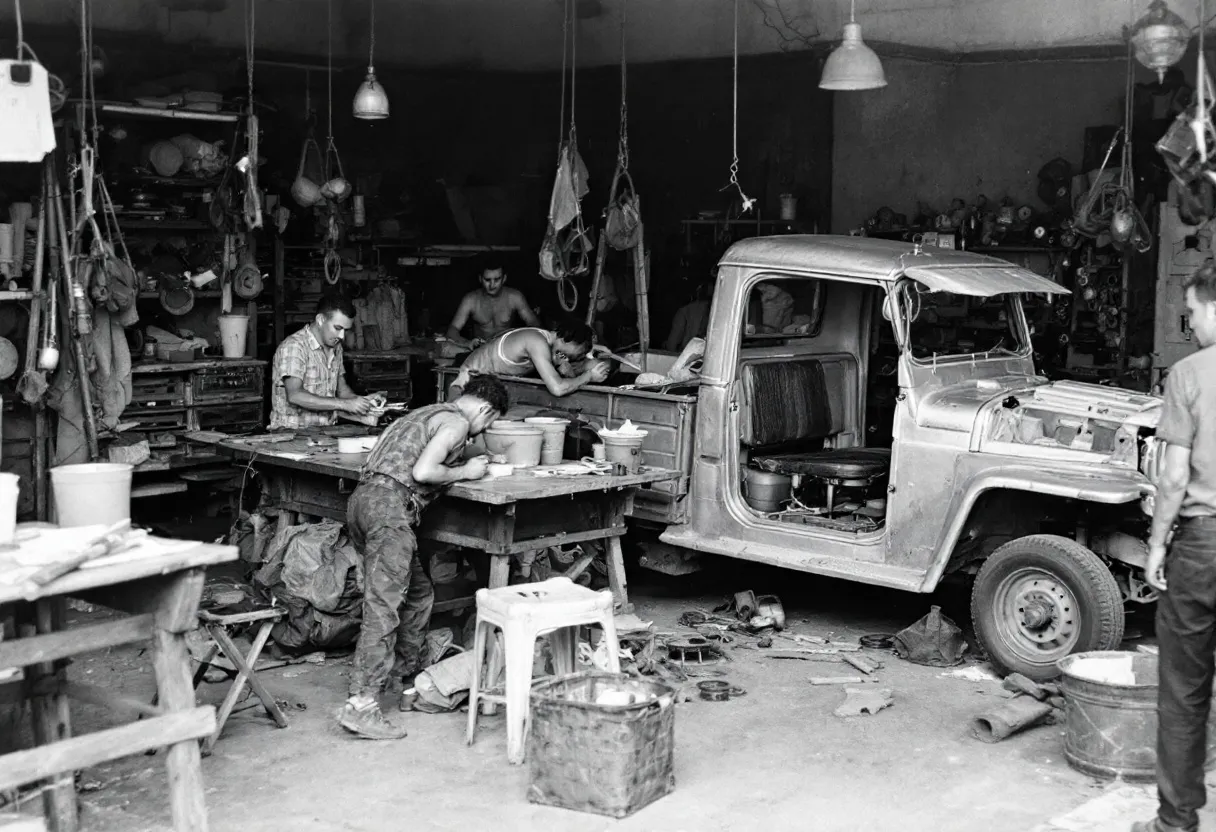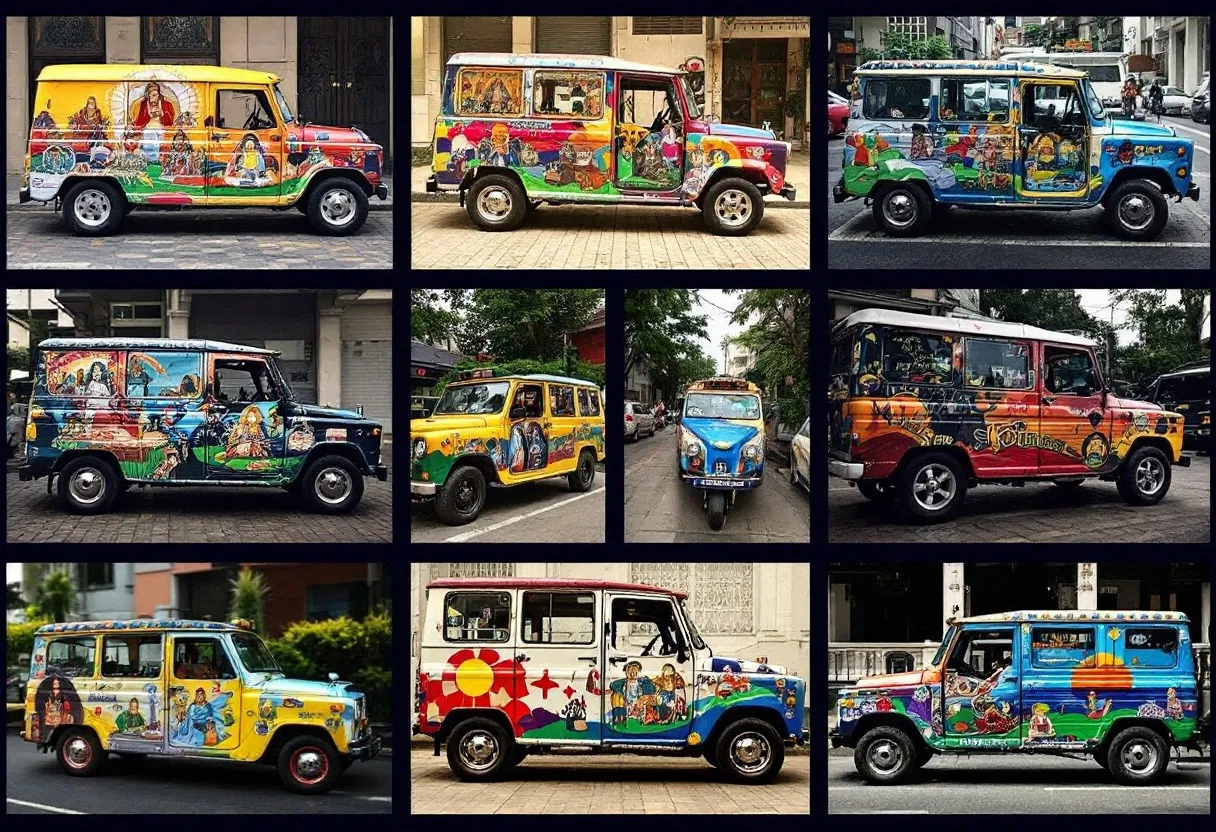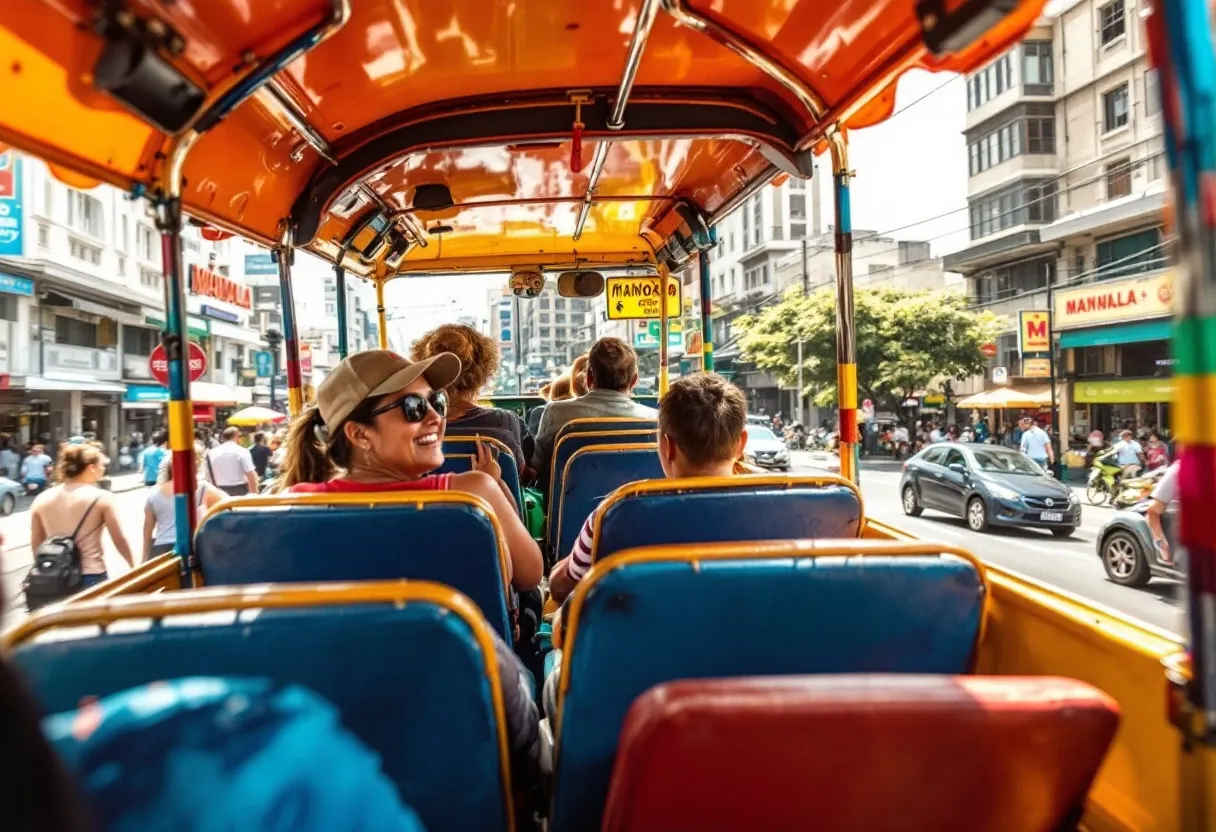
Born from the ashes of World War II, the Jeepney’s origin story is pretty remarkable. The Americans left behind these surplus military jeeps, right? And what did Filipinos do? We didn’t just drive them as is. Oh no, we transformed them. We extended them, decked them out with chrome, and painted them with the wildest, most eye-catching designs you could imagine. It was like saying, “Hey world, we’re taking what we have and making it our own!”
From Military Surplus to Cultural Icon
So, these jeeps, originally designed for war, became the backbone of public transportation, especially in the post-war era when resources were scarce. Ingenious, right? I mean, talk about turning lemons into lemonade!

Each Jeepney became a unique expression, reflecting the personality of its owner and the local culture. It wasn’t just about getting from point A to point B; it was about doing it with flair. Think of it as a moving art gallery!
A Canvas on Wheels: The Art of the Jeepney
Seriously, have you ever really looked at a Jeepney? The sheer artistry is astounding. From religious icons to pop culture figures, from sweeping landscapes to abstract designs, each Jeepney tells a story. It’s folk art in motion, and it’s constantly evolving.
I remember once seeing a Jeepney that had the entire cast of a famous Filipino soap opera painted on its sides. It was hilarious and brilliant all at once! And you know what? Everyone on board was smiling. That’s the Jeepney magic right there.

The Jeepney as a Symbol of Resilience
But beyond the vibrant colors and flashy chrome, the Jeepney represents something deeper – the Filipino spirit of bayanihan, of working together to overcome challenges. Think about it: these vehicles emerged from a time of great hardship, and they helped rebuild communities, connect people, and keep the economy moving.
Even today, with modern buses and trains emerging, the Jeepney persists. Why? Because it’s adaptable, it’s affordable, and it’s deeply ingrained in the Filipino identity. It’s a reminder that even in the face of adversity, we can create something beautiful and functional.
The Future of the Jeepney
Of course, the Jeepney isn’t without its challenges. There are concerns about pollution, safety, and traffic congestion. But I have faith in Filipino ingenuity. We can find ways to modernize the Jeepney, to make it more environmentally friendly and efficient, without losing its unique character. There are already electric jeepneys being developed, which is a fantastic step!
The Jeepney is a living, breathing symbol of who we are as Filipinos. It’s a reminder of our past, a reflection of our present, and a testament to our future. It’s a ride I hope future generations will continue to take, with pride and a smile. Because honestly? The Philippines just wouldn’t be the same without it.

